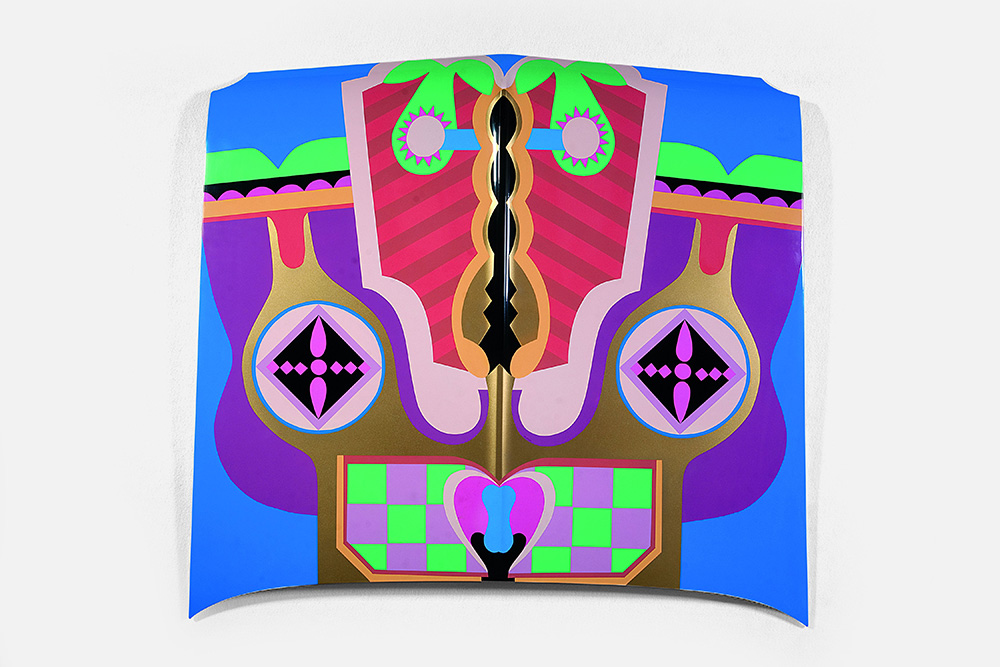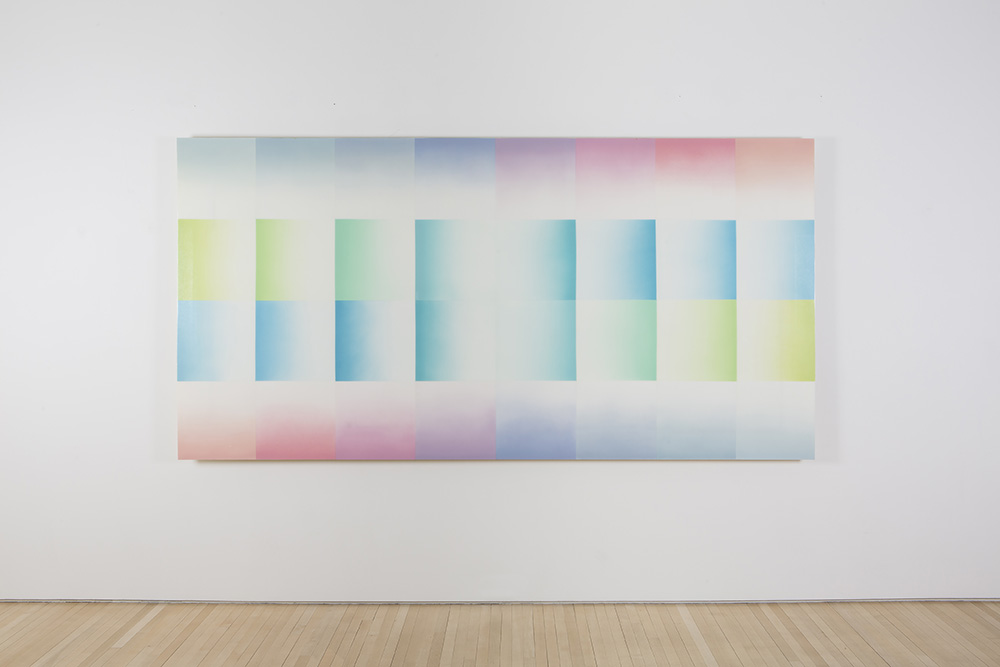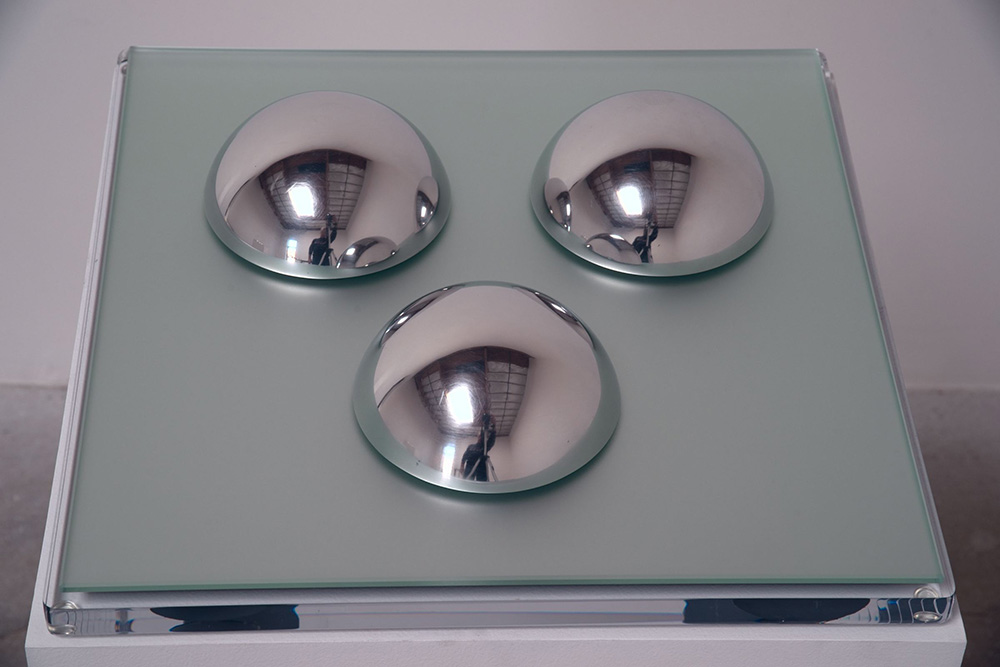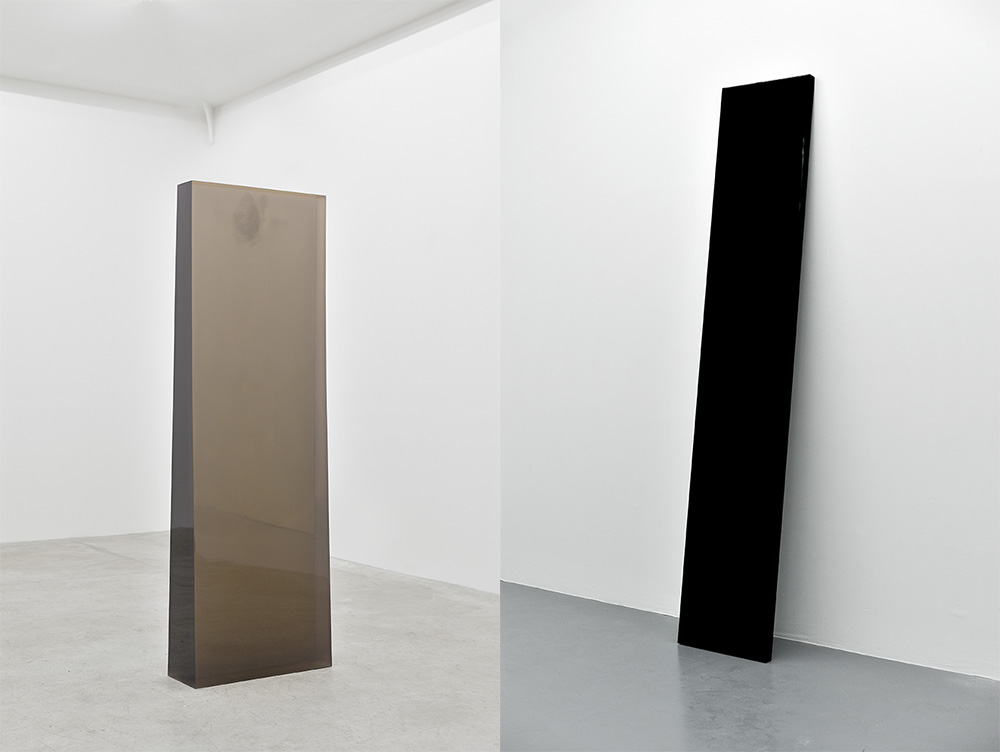ART-PRESENTATION: Judy Chicago-Los Angeles, The Cool Years,Part II
 Judy Chicago was one of the pioneers of Feminist art that emerged in the late 1960s amidst the fervor of anti-war demonstrations and civil and queer rights movements. Feminist art endeavored to reflect women’s lives, call attention to women’s roles as artists, and alter the conditions under which contemporary art was produced and received on the male-dominated Western canon and posed one of the most significant challenges to modernism (Part I).
Judy Chicago was one of the pioneers of Feminist art that emerged in the late 1960s amidst the fervor of anti-war demonstrations and civil and queer rights movements. Feminist art endeavored to reflect women’s lives, call attention to women’s roles as artists, and alter the conditions under which contemporary art was produced and received on the male-dominated Western canon and posed one of the most significant challenges to modernism (Part I).
By Efi Michalarou
Photo: Villa Arson Archive
The exhibition “Los Angeles, The Cool Years” at Villa Arson presents the first less known works of Judy Chicago, at the crossroads of the various movements which were making up the emerging forms of an era: Pop Art, Light & Space, Hard Edge and Minimalism. The curator of the exhibition, Geraldine Gourbe, also presents the works of some other West Coast artists. They all shared in Judy Chicago’s experimenting during these years: Marcia Hafif, John McCracken, Robert Morris, Bruce Nauman, Pat O’Neill and DeWain Valentine. Judy Chicago appeared for the first time by placing an advertisement in the October 1970 issue of Artforum advertisement announcing both her one-woman show at California State University, Fullerton as well as her name change from Gerowitz (which belonged to her first husband) to Chicago; she wanted to be free of any kind of male-dominated nomenclature. On the December 1970 issue of Artforum was placed another advertisement that shows Judith Gerowitz in a boxing ring wearing a jumper emblazoned with the name Judy Chicago. On a wall facing the entrance to the show was a sign: “Judy Gerowitz hereby divests herself of all names imposed upon her through male social dominance and freely chooses her own name – Judy Chicago”. One of the highlights of the exhibition is the “Feather Room” which had never been re-created since 1967, Judy Chicago created a huge 8 meter by 8 meter and 3,5 meter high installation made of white feathers, lightweight tarpaulins and a lighting device, one of the most beautiful light and space projects of her time. She then participated in 1966 in the legendary exhibition “Primary Structures” at the Jewish Museum in New York, which was the founding act of minimal art. Composed of three dome-like forms and using transparent material with spray-on plastic, “Domes” (1968) is rendered in the Minimalist style of Chicago’s early work. Critic Susan Jenkins suggests that the work prefigures the “Purely feminist idiom” that was to come: the three domes make up what came to be Chicago’s signature stylistic motif, the triangle, closely associated with vaginal imagery in Chicago’s oeuvre. She then became active in the first feminist educational program “Womanhouse” (1971-72) in Los Angeles. Her performative and figurative forms address the Woman’s Liberation revolution. As an answer to this movement, Judy Chicago produced her first landmark piece, a permanent installation at the Brooklyn Museum: “Dinner” Party” (1974-79) that consists of a series of Entryway Banners, the ceremonial table representing 39 important historical female figures, the Heritage Panels, which elucidate the contributions of the 999 women on the Heritage Floor, and the Acknowledgement Panels that identify Judy Chicago’s assistants and collaborators. Together, these components celebrate the many aspects of women’s history and contributions. Chicago describes it as, “as a reinterpretation of The Last Supper from the point of view of women, who, throughout history, have prepared the meals and set the table”. When “The Dinner Party” was first exhibited at the San Francisco Museum of Modern Art in 1979, with settings for overlooked female figures from history, from Hatshepsut and Artemisia Gentileschi to Mary Wollstonecraft and Georgia O’Keeffe, it drew a record-breaking 100,000 visitors. While the work was slated for a museum tour, controversy around its vulvar imagery led many museums to withdraw, and forced Chicago to crowdfund an alternative tour to lesser-known art and activist spaces. This famous work eclipsed Judy Chicago’s early work. Marcia Hafif studied creative writing and studio art. After interning at the Ferus Gallery in Los Angeles, she set out to Italy where she remained for almost eight years creating abstract paintings. She returned to California in 1969 and experimented with film, photography and sound installation, and studied with Chris Burden. In 1971, Hafif moved to New York to attempt to return to painting, and, the next year, made her breakthrough “Pencil on Paper” drawings that formed the basis of her paintings. John McCracken was a significant participant in the 1960’s art scene in L.A. At the time he was associated with the California version of Minimalism contentiously known as Finish Fetish because of the artists’ meticulous craftsmanship and use of the highly polished surfaces and brilliant colors. In 1966 he developed what became his signature sculptural form: tall leaning planks with phrases gleaned from fashion magazines, such as Think Pink, The Absolutely Naked Fragrance and Don’t Tell Me When to Stop. During the 1970s and early ’80s, a period when he devoted his time to teaching McCracken received relatively little critical attention. A 1985 move to Los Angeles with his wife, artist Gail Barringer, revived his career in terms of newly conceived bodies of work, gallery and museum exhibitions, and recognition by a younger generation of artists, dealers, and curators. Robert Morris created his earliest Minimalist objects as props for his dance performances. In the latter half of the 1960s, Morris explored more elaborate industrial processes for his Minimalist sculpture, using materials such as aluminum and steel mesh. In the late 1960s and 1970s, the rigid plywood and steel of Morris’s Minimalist works gave way to the soft materials of his experiments with Process Art. Primary among these materials was felt, which Morris piled, stacked, and hung from the wall in a series of works that investigated the effects of gravity and stress on ordinary materials. Since the 1970s, Morris has explored such varied mediums as blindfolded drawings, mirror installations, encaustic paintings, and plaster and fiberglass castings, and themes ranging from nuclear holocaust to Ludwig Wittgenstein’s Philosophical Investigations. Pat O’Neill is perhaps best known for his groundbreaking films which blend iconography, surrealism, humor and sound design to reveal his interest in the connections and divisions between humans and nature. In addition to filmmaking, O’Neill began working with sculpture in the early 1960s. Initially, he worked with surrealistic and erotic assemblages of wood and metal. His vision then shifted and he began to create highly polished forms made out of fiberglass and plexiglass of whimsical and sometimes suggestive forms such as wooden horns, wavy forms wrapped in fur, and pickles. The artist’s gestures and mark-making seem obscure, but there is plasticity to his images, and sophistication to his techniques. In his very early Bruce Nauman made experimental paintings and “Plastic things”, mainly working in oil and producing abstract and landscape works. He also experimented with welding steel forms and affixing them onto canvas, painting three-dimensional landscape shapes. While at Davis, he decided to give up painting, claiming that the materials “Got in the way”. This break with painting spurred an exploration of media, and in subsequent years, Nauman became prolific in film, performance and sculpture. He first produced fiberglass sculptures in 1965, using casting to focus on the process of art-making itself, and entering the Process art movement by disregarding the art object itself in favor of its creation. By the fall of 1966, art making for Nauman had become not a method by which to make a finished product, but an activity that was art in itself. During late ‘60s and early ‘70s, Nauman’s work and career developed quickly. A key member of Light and Space movement, DeWain Valentine is distinguished in particular by his in-depth understanding of synthetic materials and his ability to transform these industrial products into artworks that reveal his fascination with light, transparency, reflection, and surface. He had begun working with plastics as early as the 1950s, but it was not until his arrival in the artistically fertile environment of Los Angeles that he started to utilize the material in a more expansive way.
Info: Curator: Géraldine Gourbe, Villa Arson, 20 avenue Stephen Liégeard, Nice, Duration: 1/7-4/11/18, Days & Hours: July-August: Mon & Wed-Sun14:00-19:00, September-November: Mon & Wed-Sun14:00-18:00, www.villa-arson.org




